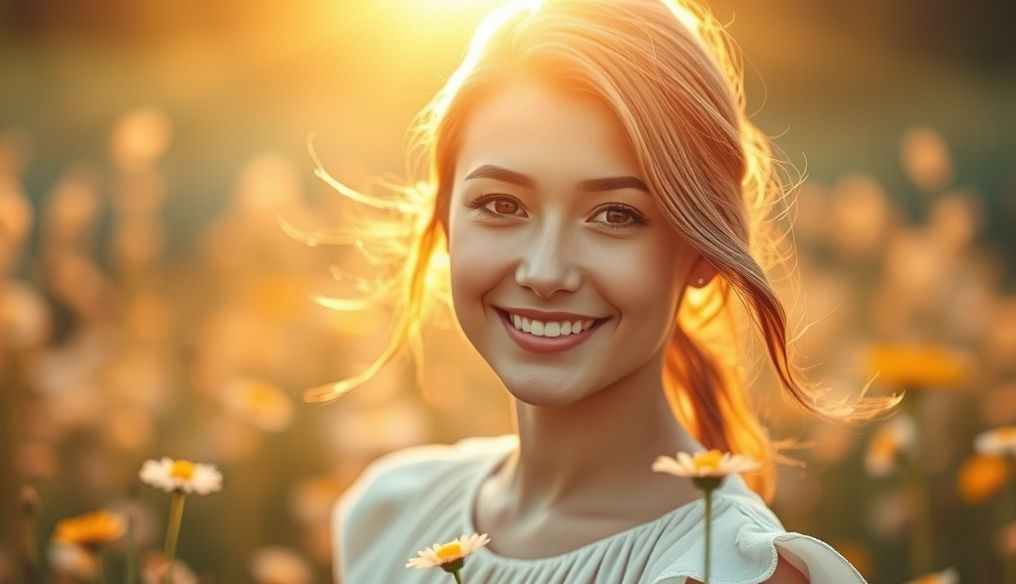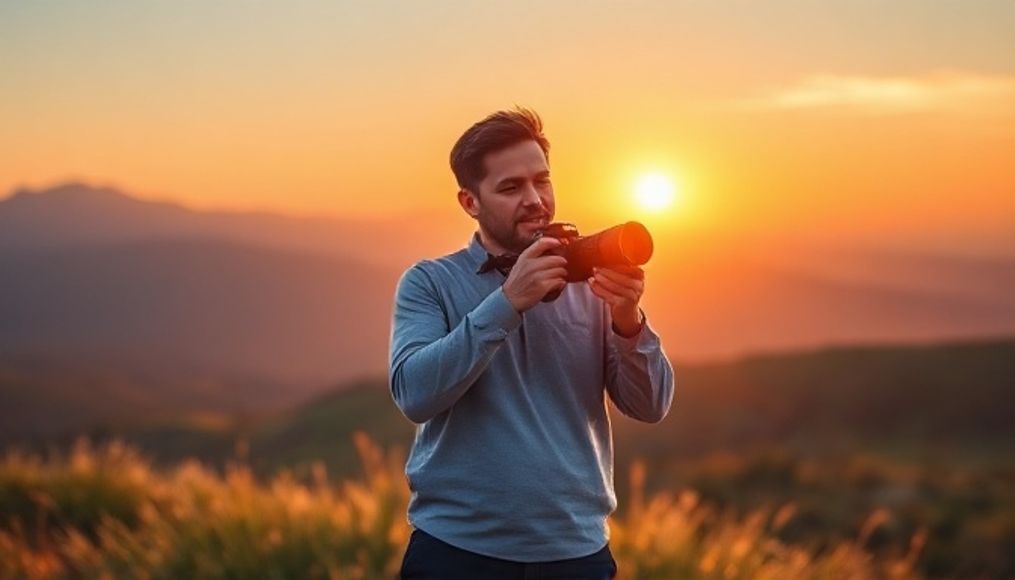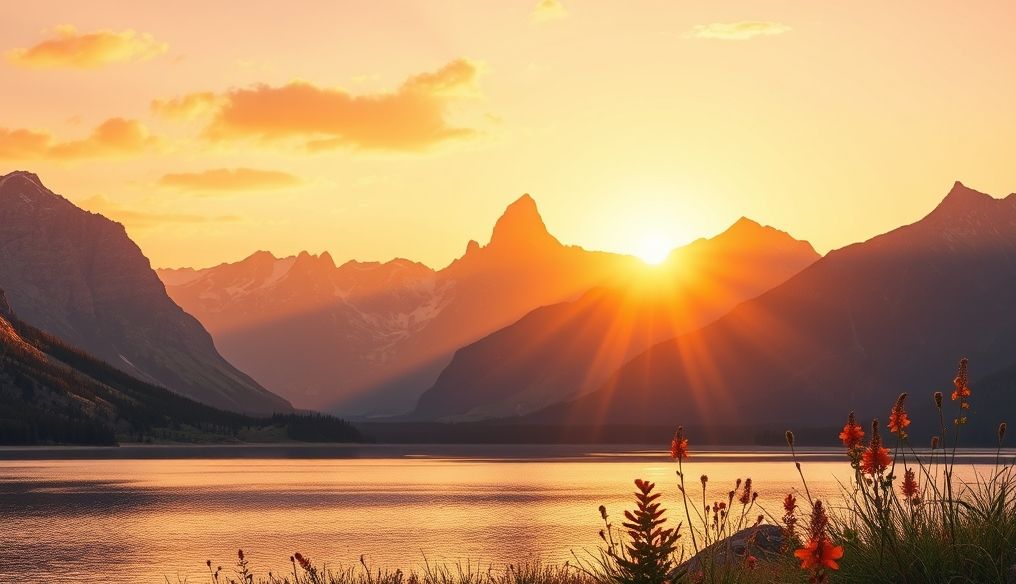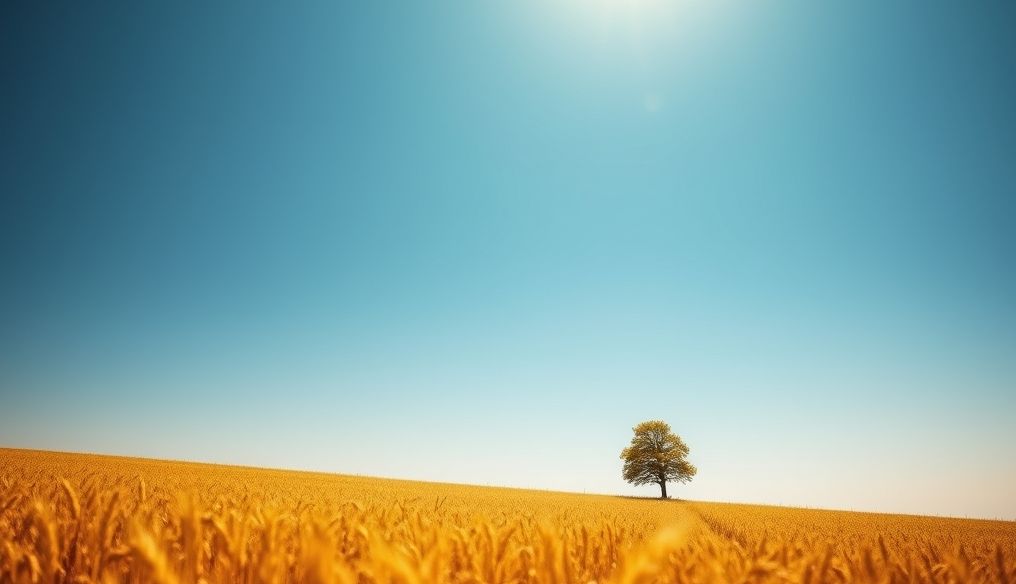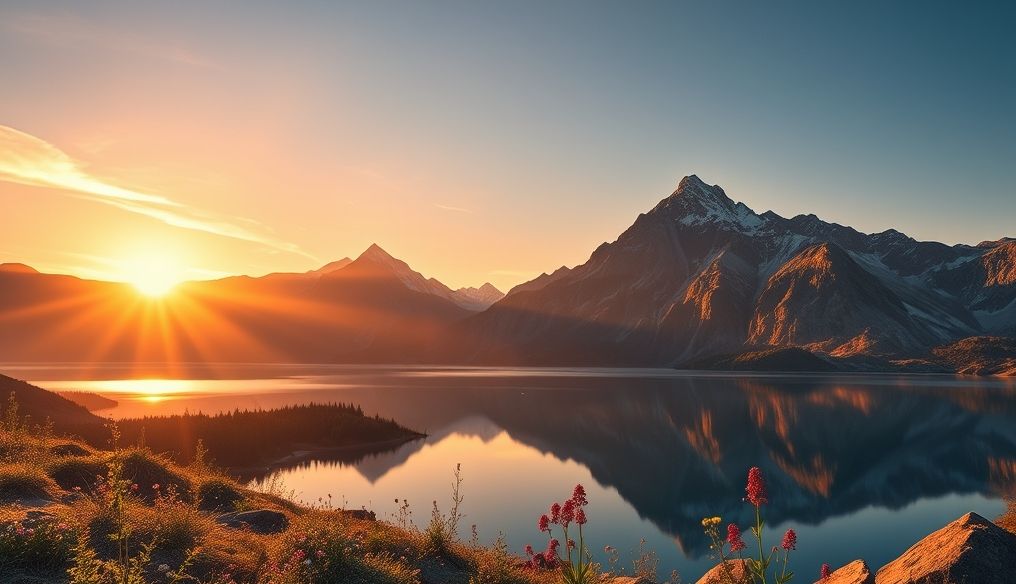The Art of Portrait Photography with a Blurred Background: A Comprehensive Guide
A blurred background in portrait photography, also known as "Bokeh," is a fantastic technique that makes your photos look more professional and appealing. It helps isolate the subject (person) from the background, drawing the viewer's attention directly to the important details in the face and eyes. In this article, we'll explore how to achieve this technique step by step, from understanding the basic principles to using advanced camera settings.
Chapter 1: Understanding the Basics of Blurred Background (Bokeh)
What is Bokeh?
Bokeh is a Japanese term that means "blur" or "haze." In photography, it refers to the way a lens renders out-of-focus areas in an image, especially those in the background. Good Bokeh is characterized by its smoothness and beautiful circular shapes, creating a dreamy and romantic effect.
Why Use Blurred Backgrounds in Portraits?
- Subject Isolation: Helps separate the person from a distracting background.
- Highlighting Details: Draws attention to facial features and eyes.
- Adding an Artistic Touch: Lends a special aesthetic to the photo.
- Hiding Imperfections: Conceals unwanted details in the background.
Chapter 2: Essential Equipment for Portrait Photography with a Blurred Background
Camera
You can use any camera that allows you to control manual settings, such as DSLR or Mirrorless cameras, or even some modern smartphones with Pro Mode.
Lens
The lens is the most important element in achieving a blurred background. Look for a lens with a wide aperture (such as f/1.8, f/2.8, or f/4). The wider the aperture, the more blurred the background will be.
Suitable Lens Types:
- Prime Lenses: Such as 50mm f/1.8 or 85mm f/1.8. They are known for their high quality and wide aperture.
- Zoom Lenses: Such as 70-200mm f/2.8. They offer greater flexibility in composition and zooming.
Chapter 3: Basic Camera Settings
Aperture
This is the most important setting for achieving a blurred background. Choose the widest possible aperture (lowest f-number). For example, if your lens is f/1.8, use this setting.
Shutter Speed
The shutter speed should be fast enough to avoid camera shake and get a clear image. Start with a shutter speed equal to twice the focal length of the lens (e.g., if you are using a 50mm lens, start with a shutter speed of 1/100 second).
ISO
Try to keep the ISO as low as possible to avoid noise in the image. Start with ISO 100 and try not to exceed ISO 800 unless in dark conditions.
Shooting Mode
Use Aperture Priority Mode or Manual Mode for full control over aperture and shutter speed.
Chapter 4: Composition Techniques for Better Blurred Backgrounds
Distance Between You and the Subject
The closer you are to the subject, the more blurred the background will be.
Distance Between the Subject and the Background
The farther the background is from the subject, the more blurred it will be.
Lens Focal Length
Lenses with longer focal lengths (such as 85mm or 135mm) produce a more blurred background than lenses with shorter focal lengths (such as 35mm or 50mm).
Chapter 5: Appropriate Lighting for Portrait Photography
Natural Light
Natural light is a photographer's best friend. Look for soft, diffused light, such as early morning or late afternoon light. Avoid harsh direct sunlight, as it creates unwanted shadows.
Using a Reflector
A reflector can be used to fill in shadows on the person's face and add more light to the image.
Artificial Lighting
If you are shooting indoors, you can use artificial lighting, such as flash or LED lights. Be sure to soften the light using a diffuser to avoid harsh shadows.
Chapter 6: Photo Editing to Enhance Blurred Backgrounds
Editing Software
You can use photo editing software such as Adobe Lightroom or Photoshop to enhance the blurred background in your photos. You can increase the blur using tools like "Blur" or "Gaussian Blur."
Basic Adjustments
In addition to increasing the blur, you can adjust the colors, contrast, and sharpness in the image to improve the overall look.
Chapter 7: Additional Tips for a Memorable Portrait
- Communicate with the Subject: Make the person feel comfortable and relaxed, and try to capture natural and genuine moments.
- Focus on the Eyes: Make sure the eyes are in sharp focus, as they are the window to the soul.
- Experiment and Innovate: Don't be afraid to experiment with different angles and new settings, and try to find your own style.
- Appropriate Background: Choose a simple and non-distracting background, such as trees or distant lights.
Chapter 8: Practical Examples and Applications
Photographing Children
Use a wide aperture and a prime lens like 50mm f/1.8 to capture wonderful portrait photos of children with a soft blurred background.
Photographing Couples
Use a zoom lens like 70-200mm f/2.8 to capture romantic photos of couples in nature with a beautiful blurred background.
Photographing Pets
Use the same techniques to photograph your pets with an attractive blurred background.
By applying these tips and techniques, you will be able to capture professional portrait photos with a captivating blurred background that attracts attention and highlights the beauty of the subject.
